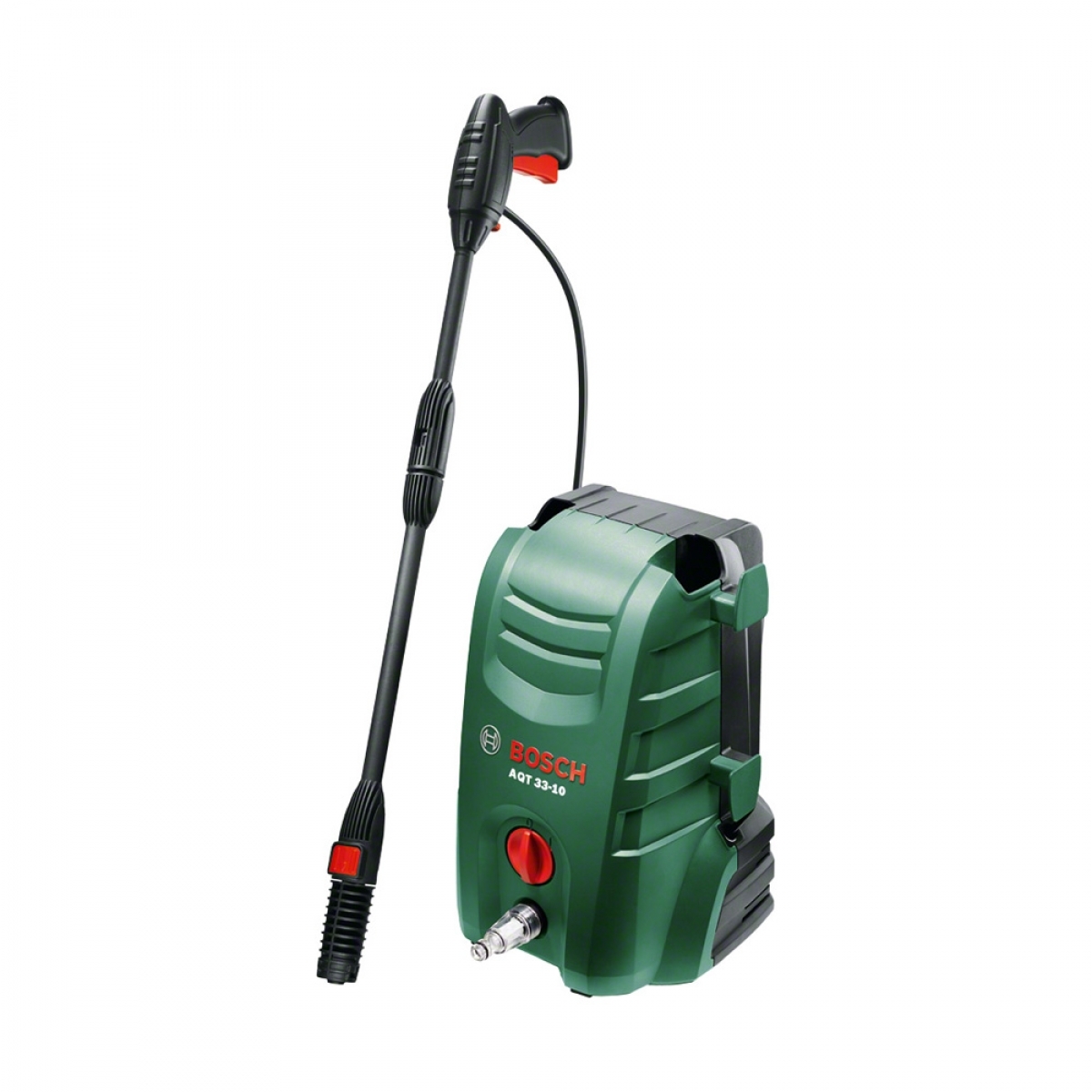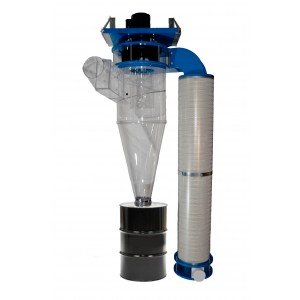

I go from seven to four inches at the machines. Everything was included in the package right down to the screws and tape. I had them do the design and I bought the duct work from them. If you buy their dust collector they will design your duct system for free. I looked at all the competition but Oneida was the only one that was made in USA, NY state. I also have an Oneida Dust Gorilla 3hp which I have used for four years and I am very happy with it. If your DC also services other tools, then it needs to be sized properly for your shop space and tools' CFM requirements. A 2-3hp will do just fine and save you substantial money. If your DC is dedicated to your CNC, you don't need the huge 5hp version. These do not separate nearly as well as a long cone design.nature of the beast. I mention that because there are a bunch of mass market cyclones right now from ******, JDS, Grizzly, etc., that have short cones. Best performance is with "long cone" cyclones. :) But there are also other good choices available, such as Clearvue. You can even buy a nice yellow one that matches your Camaster CNC. My choice has always been Oneida.US company based in Syracuse and dust collection is all they do. I'm a fan of cyclones because of the excellent separation and generally better filtration they typically have over a "bag" system. Also, the CFM specifications on "mass market" dust collectors are not in any way representative of "real world" performance capability and rarely can you even get a fan curve to understand what you can expect at a given pressure load once ductwork is added. :) That's why you only drop in size near the tool when the tool port requires it, but run a larger main from a larger inlet on the machine.
Clearview dust collector how to#
I don't know how to decipher the MFGR Bullpoop specs, as each seems to massage them to sound better than the next guy.įor $1500-1700, what model would you go with (preferably based on your experience with actual equip)Ĥ" duct can only physically handle about 400-500 CFM max.that's all the air that can fit in there at the general velocity to be had from a dust collector blower. My question is this: will a cyclone have better suction? will it be quieter? will it maintain better suction throughout my plumbing? The Baileigh is the DC2100 and the Grizzly is the G0441.Įveryone online seems to say the Baileigh has a short cone, so avoid it, and opt for the Grizzly.Fair enough. I am stuck with single phase power, so I can't get a monster 3 phase unit, or I would buy the 12' tall 10 HP one from the guy down the road. The two I've looked at are the Baileigh, and the Grizzly. Partially to do a better job of filtration, and to make it easier than the bags to empty. I've been looking to go to a cyclone design. It just seems that while it's waaaay better with my new dust boot design, it could be better. My entire shop is plumbed to each machine, and I have liberal use of blast gates to seal it. It supposedly does 2600 CFM, but it just feels like it doesn't do much on 4" pipe. Too far from the suction source and travelling at high speed, the inertia just forces the debris into the container.Hi Guys! I've been using a dual bag Shop Fox 2.5HP Bag dust collector for the last 3 years. As the dust or wood chips rotate they are forced to the narrow section of the cone. The airflow is whizzed into a cyclone or mini tempest but now the clever bit starts to happen. The narrow end of the cone feeds a sealed container that collects the dust particles down to at least 1 micron.īasically, the suction machine causes the cone and container to create a negative pressure which breaths from the dirty air input. The side of the cone has a dirty air input at the widest point where you attach your vac house or machine. The vacuum machine provides the air force to the widest point which is also the top of the upside-down cyclonic cone. The cyclone separator dust collection system works by creating centrifugal rotation powered by a high volume of forced air.

James Dyson just used the concept to make vacuum cleaners that suck well but then break! The Cyclonic theory is old technology from 1885 but today we think of James Dyson as the innovator.


 0 kommentar(er)
0 kommentar(er)
